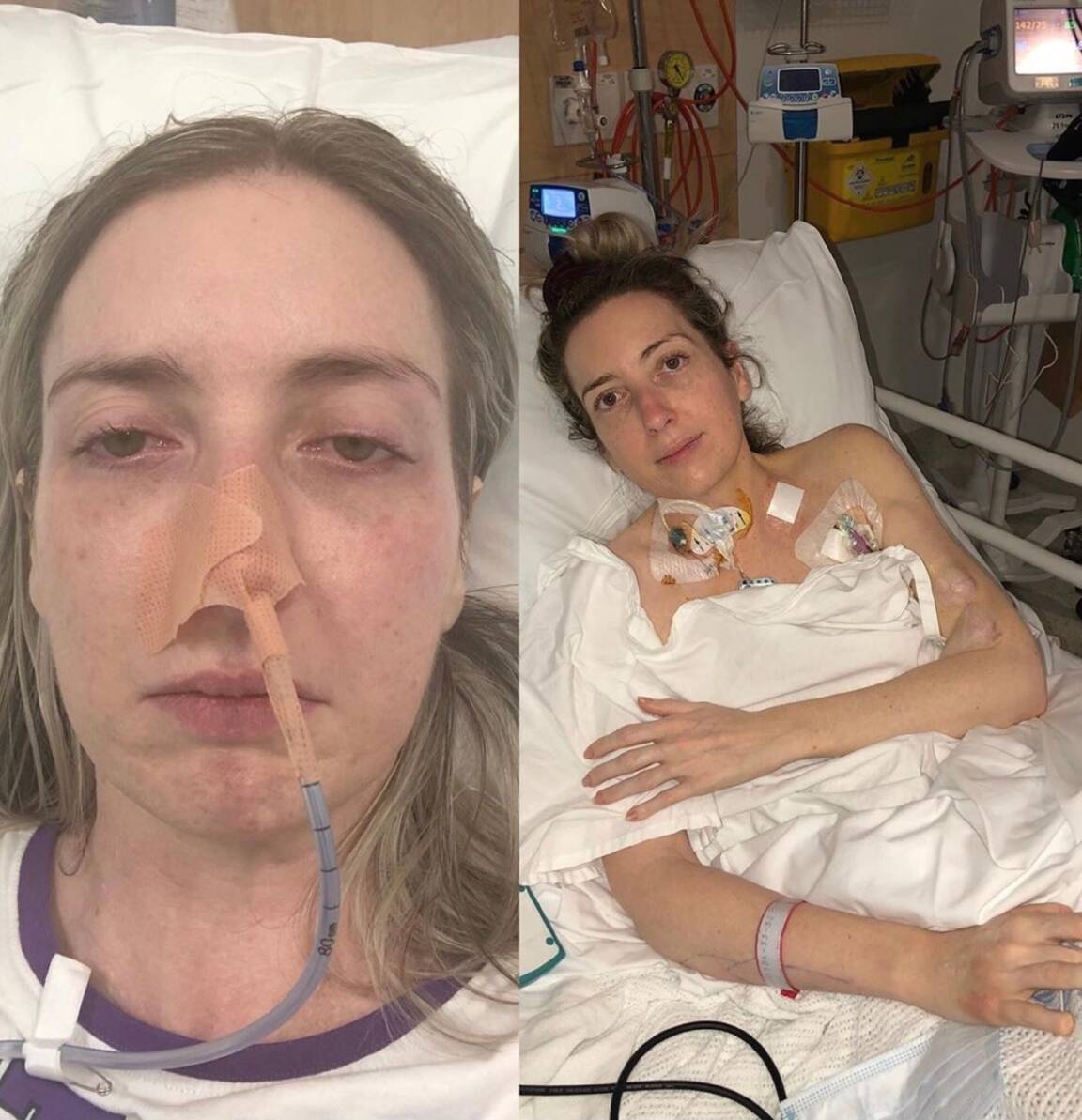
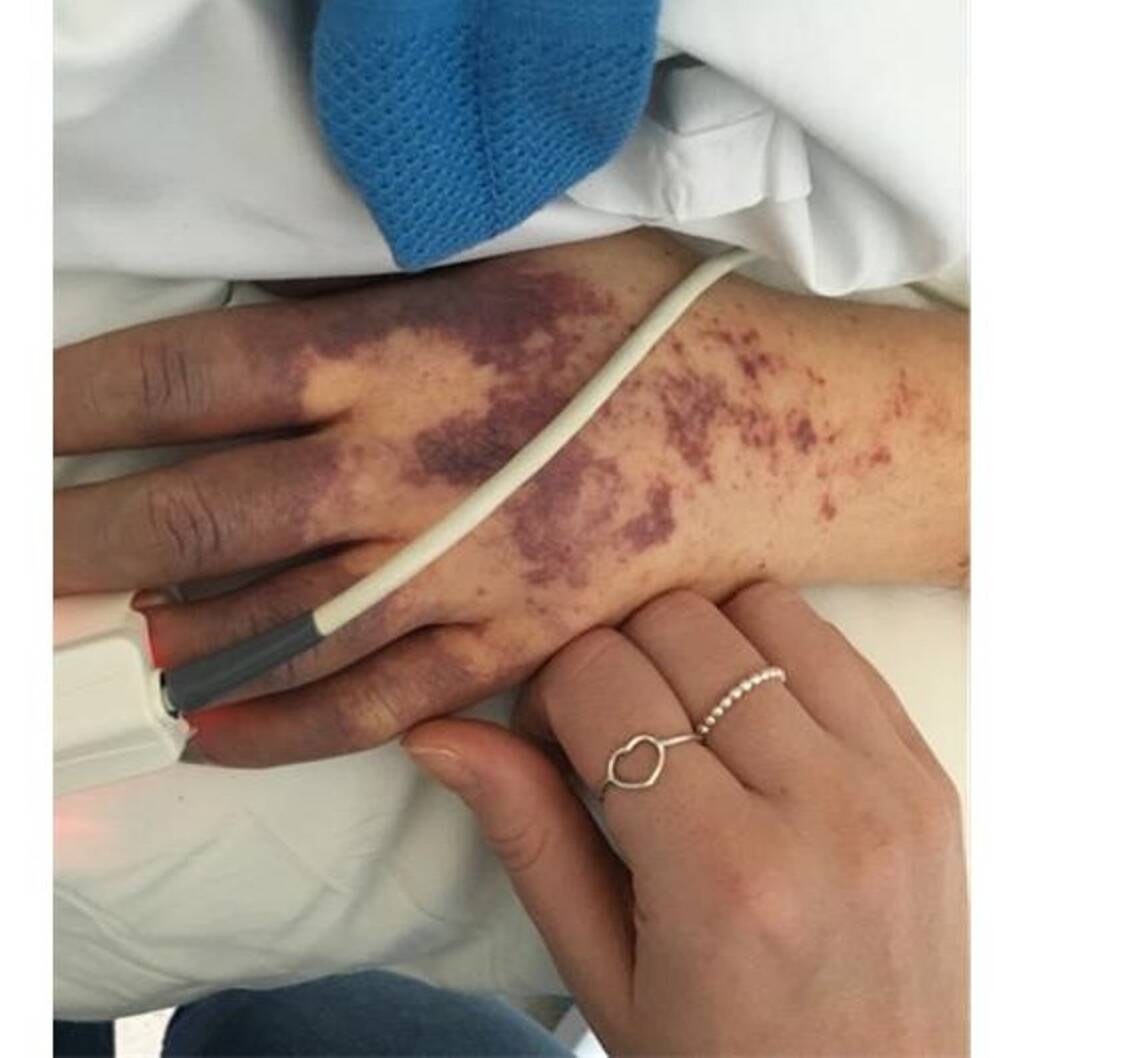
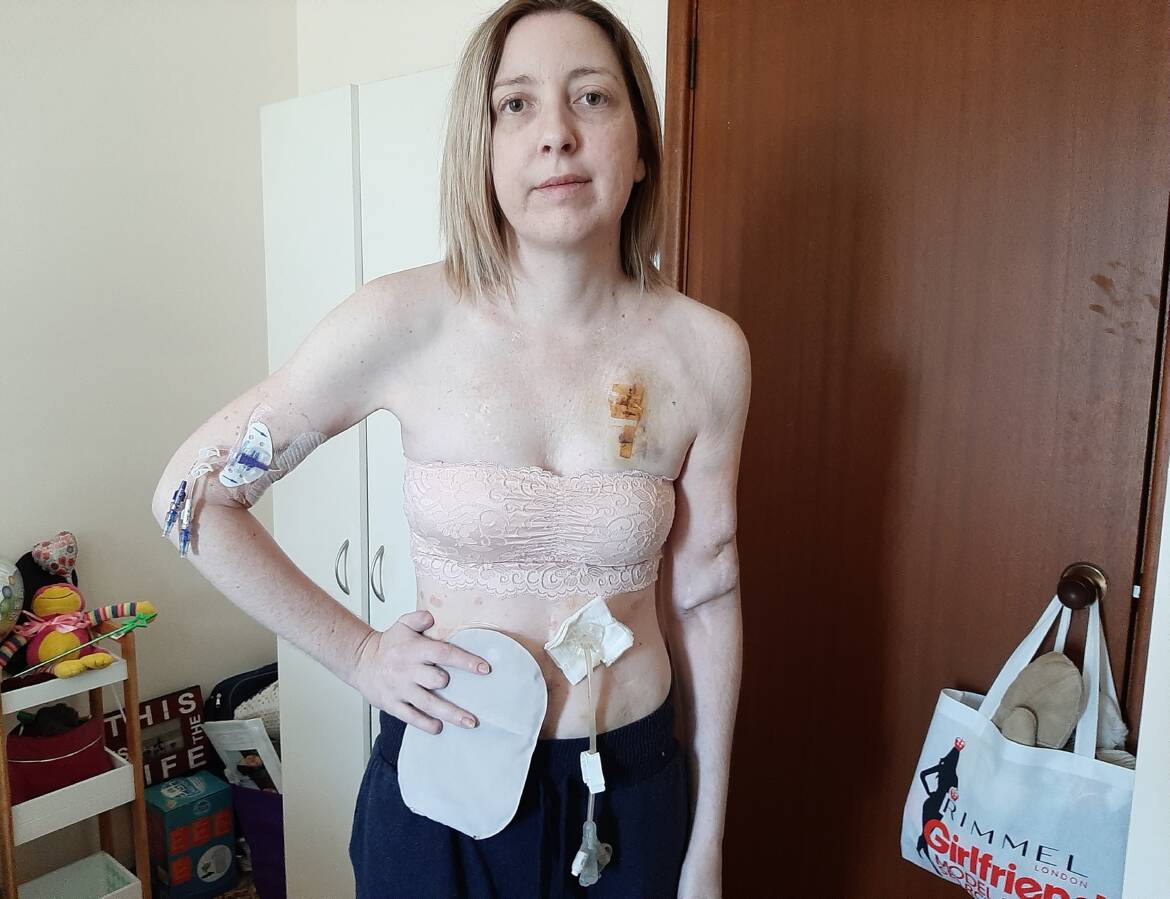
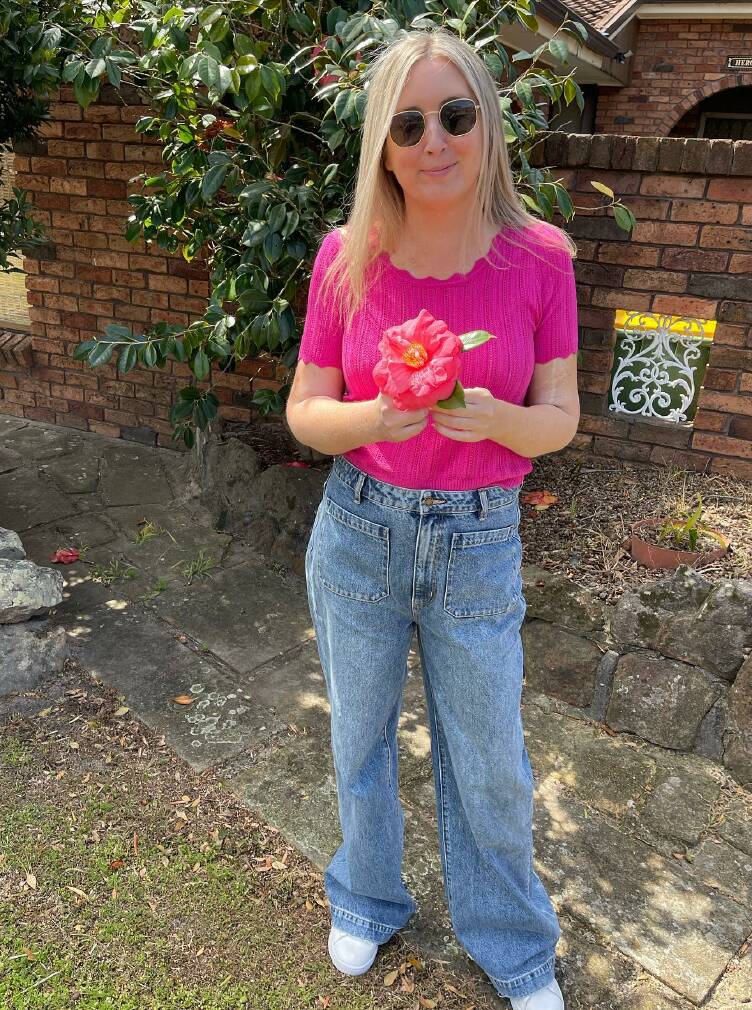
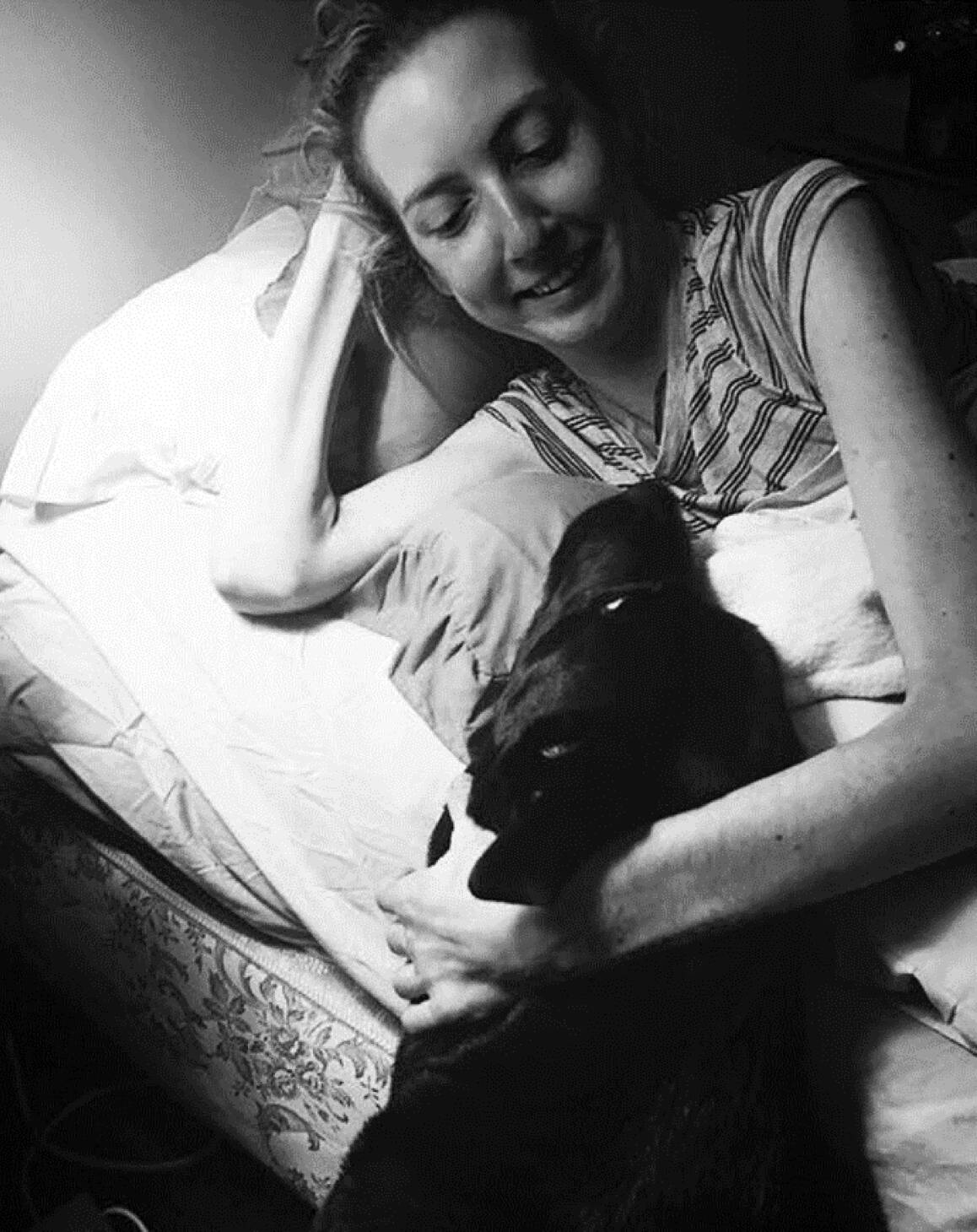

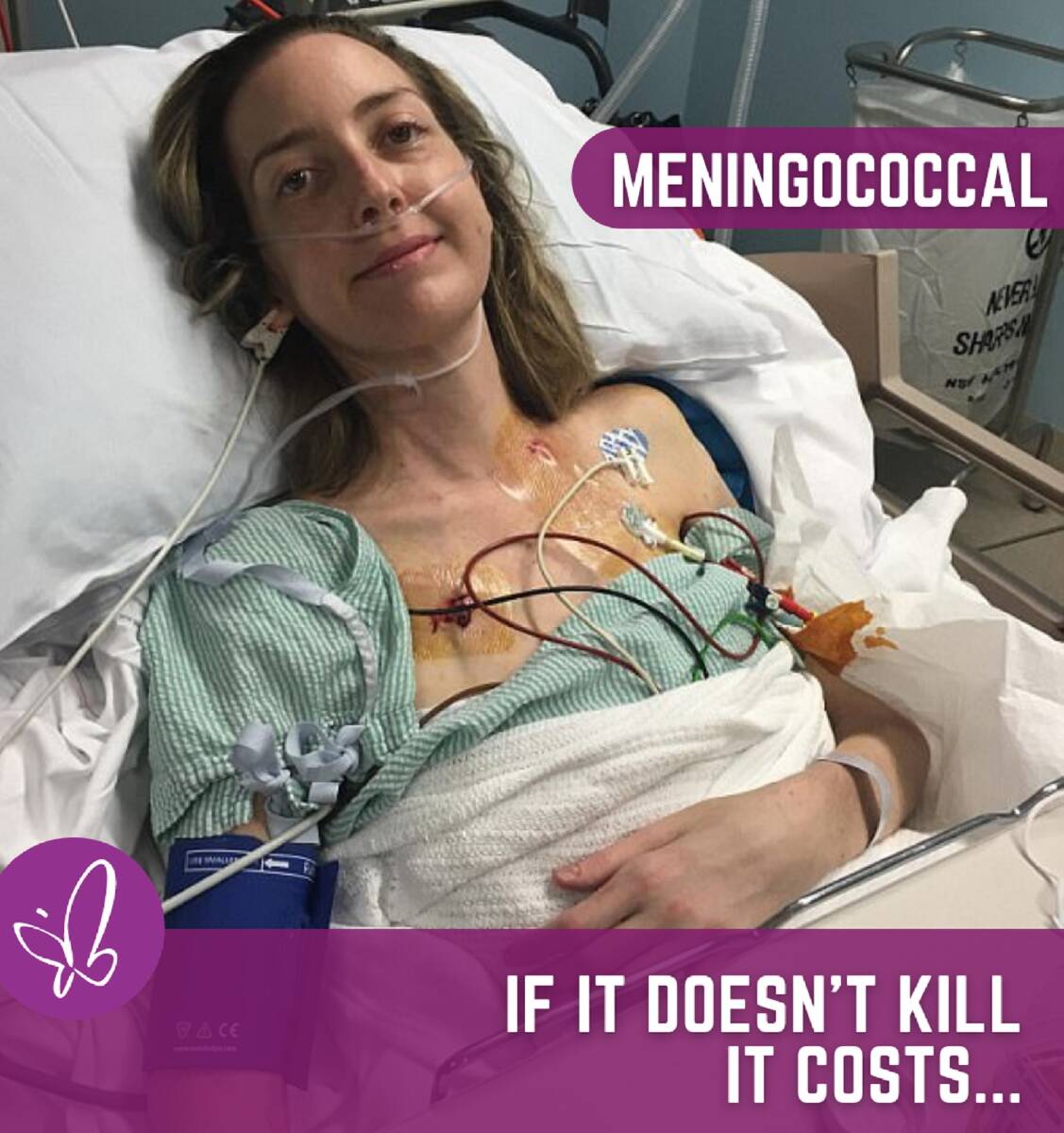
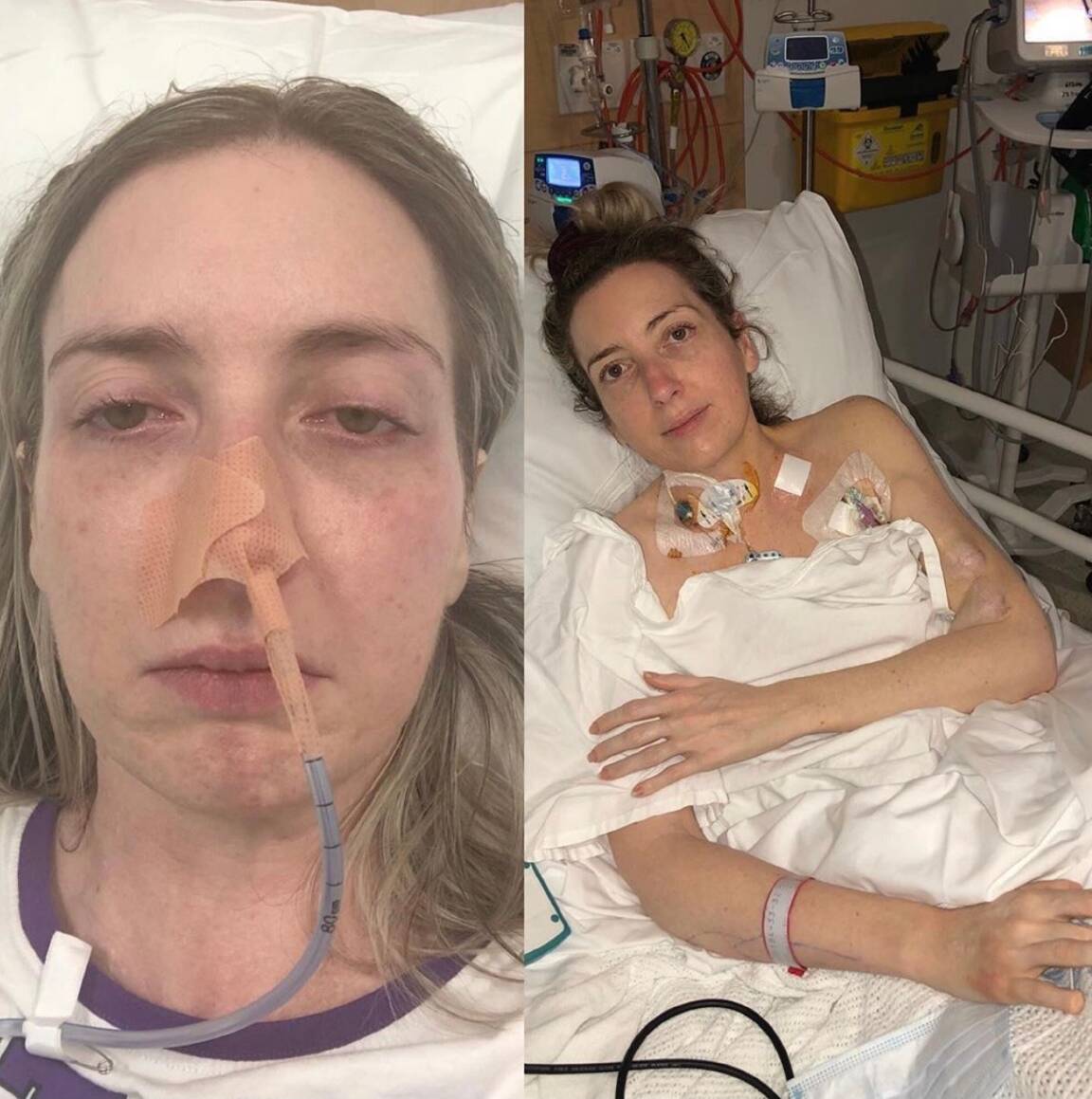
When Sarah Joyce was struck down by meningococcal disease at age 30, she wasn't expected to survive.
The Central Coast resident, who contracted the rare disease seven years ago, was placed in an induced coma and on life support for nine days.
"I was given a less than 5 per cent chance of survival," Ms Joyce said.
Her symptoms began with feeling "a bit fluey and sick".
"Within hours I was vomiting, unable to look at light, had severe headaches and temperatures of 40 degrees," she said.
"My father asked doctors if this could be meningococcal disease. He was told no multiple times. However, I was given antibiotics as a precaution and a lumbar puncture.
"Within 12 hours my body began shutting down and it wasn't until then that the typical purple rash started on my legs. By then it was almost too late."
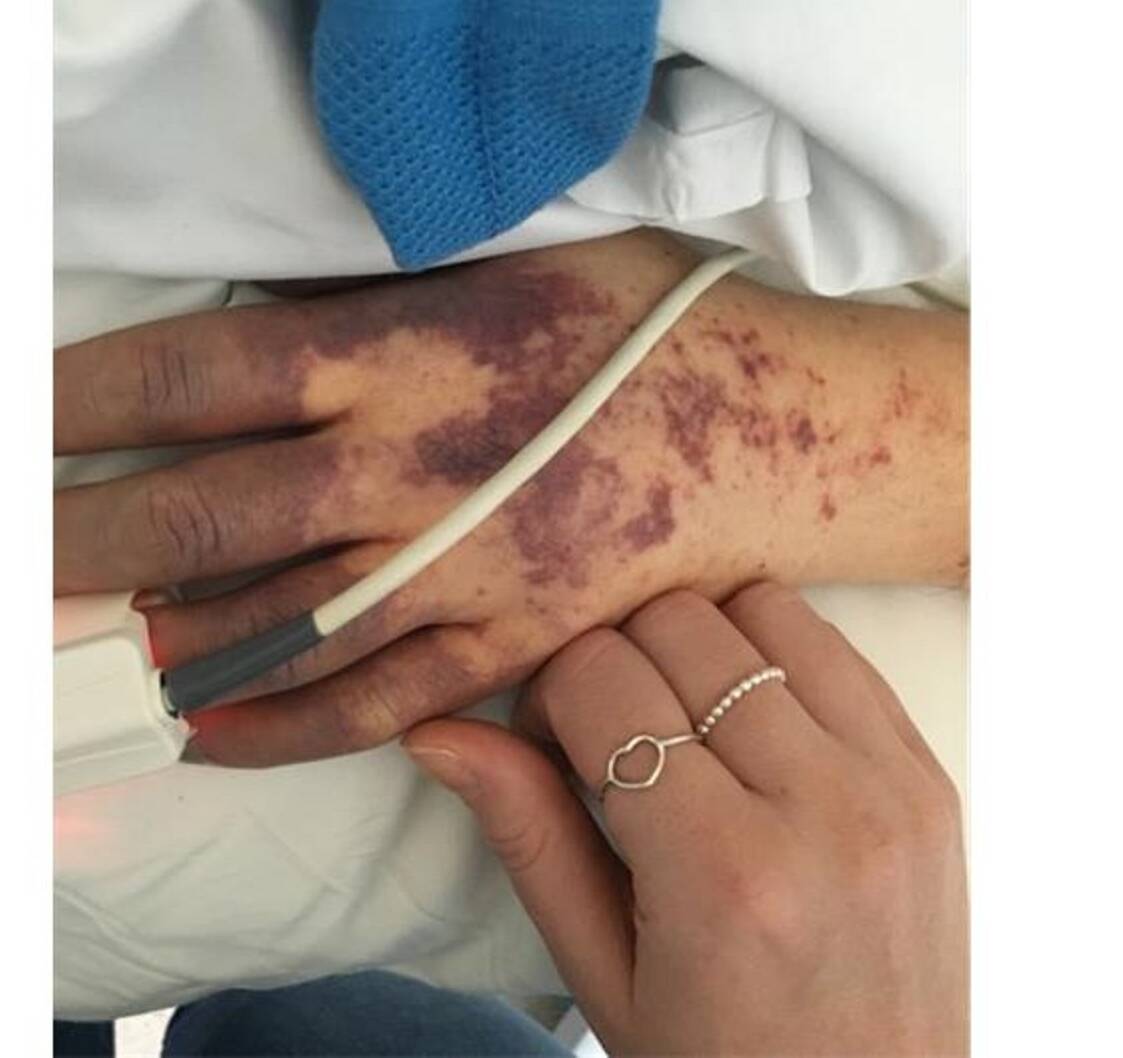
She has since had more than 250 hospital admissions - some lasting six months - and more than 70 surgeries.
She suffered multiple organ failure in her heart, lungs and kidneys. She required a kidney transplant in 2020.
Her spleen, gallbladder and a large part of her bowel had to be removed. As she can't eat or drink to sustain her life, she is fed intravenously.
She shared her story to mark World Meningitis Day on Thursday.
More than 120 landmarks will light up in purple across Australia to mark the day and raise awareness of meningitis and meningococcal.
"Meningococcal disease is cruel and relentless and I wouldn't wish it upon anyone," Ms Joyce said.

Meningitis Centre Australia CEO Karen Quick said "meningococcal is one of lots of strains of meningitis".
"Meningitis remains one of the most dangerous childhood infections since polio and is still claiming and disabling lives across Australia," Ms Quick said.
"We're asking everybody to light a candle at 8.30pm on Thursday to help raise awareness and honour those who have lost their lives or been heavily impacted by meningitis or meningococcal."
NSW Health data shows five cases of meningococcal disease [three B strain and two Y strain] in the Hunter New-England district this year. The Central Coast had four cases of the B strain this year.
Hunter New England Health physician David Durrheim confirmed meningococcal disease was rare.
"But if you get the invasive disease and it gets into the bloodstream, one can get sepsis or meningitis which can be life-threatening," Dr Durrheim said.
"The game changer for invasive meningococcal disease is effective vaccination.
"The rates we saw prior to the original vaccine introduced for children in Australia were at least four-fold higher."
NSW Health says there are now two meningococcal vaccines available - ACWY and B.
"The expansion of the vaccine program to include ACWY - which are all invasive strains - at 12 months of age has reduced the rates by half. It's made the disease very rare, which is wonderful," Dr Durrheim said.
"Unfortunately, the vaccine available against the B strain doesn't cover the broad spectrum of B bacteria that circulate. It's an important public health measure, but it does mean at the moment there's no way we can eliminate invasive meningococcal disease."
Dr Durrheim said two doses of the vaccine were mainly recommended in children and teens for "long-lasting protection".
Five to 25 per cent of people carry meningococcal bacteria at the back of the nose and throat without showing any illness or symptoms.
"Up to 10 per cent of university students can have it quietly colonising the back of their throat. It's rare that it becomes invasive, gets through the barrier and into the bloodstream."
The disease is not easily spread from person to person. Close and prolonged contact is generally required for transmission, such as people living in the same household or intimate kissing.
Dr Durrheim said research showed the rate of disease was "much higher in people that smoke".
"In a large proportion of cases, the people had a viral infection in the preceding week.
"That's probably inflammation allowing the bacteria to cross into the bloodstream where it normally wouldn't."
He said people who "live in crowded conditions" were at greater risk.
Dr Durrheim said the "key thing is not missing an early diagnosis".
He said the meningococcal rash can "sometimes appear quite late".
"In some meningitis cases, the rash may not appear at all. So if a person has other signs of sepsis - severe limb pain, difficulty waking up, confusion, severe headache, unable to tolerate bright lights, neck stiffness - they are important signs.
"The other telltale sign of sepsis is the person has a high fever, but their hands and feet are freezing cold."
Ms Quick urged the state government to place the meningococcal B vaccine on the immunisation program, "as recommended by ATAGI in 2014".
"Meningococcal B is on the rise across Australia," she said.







